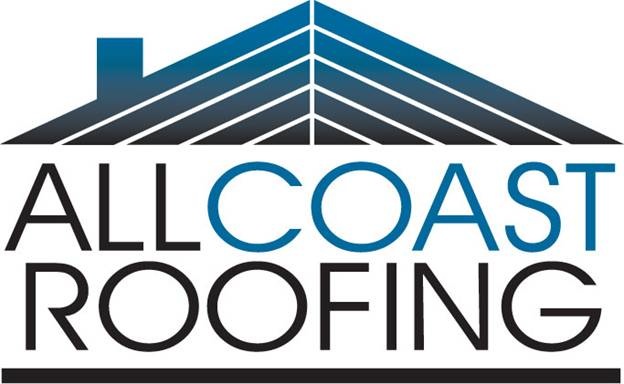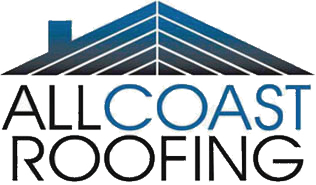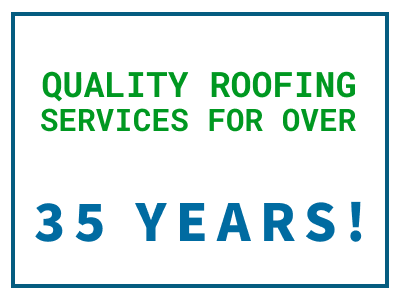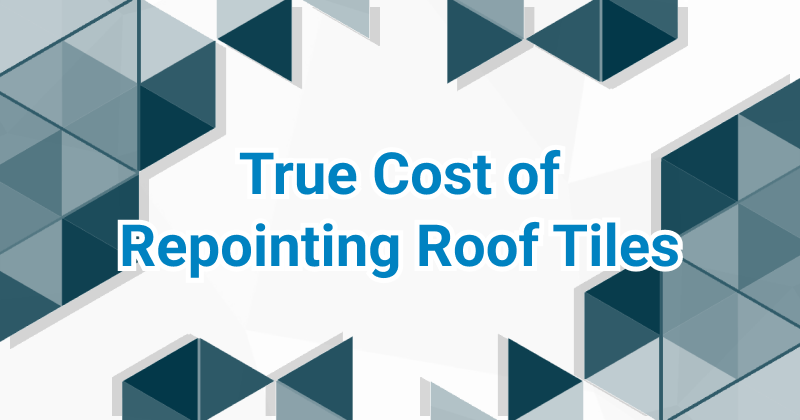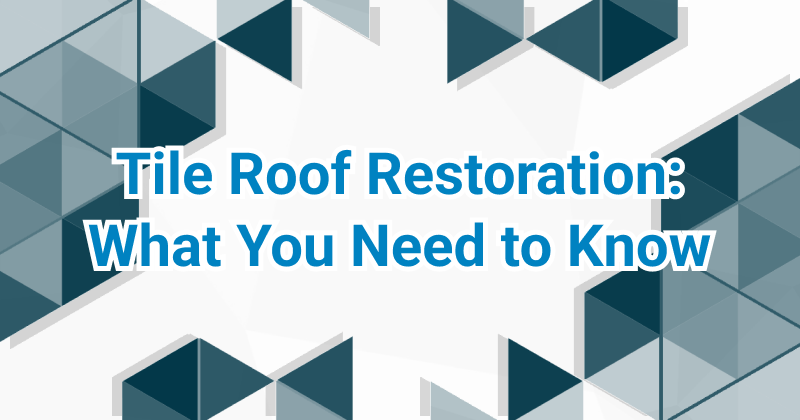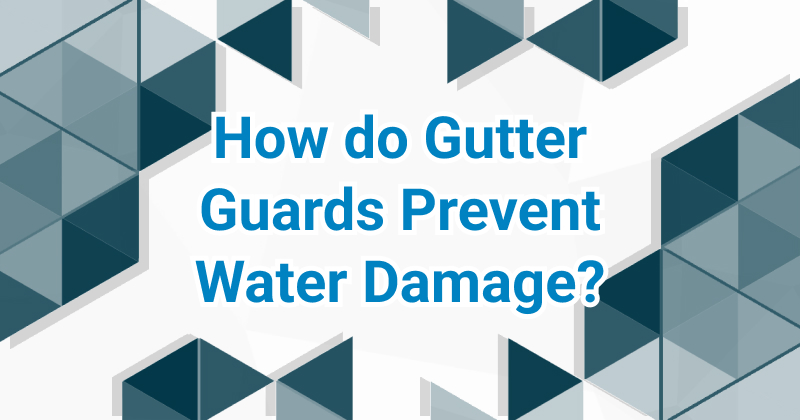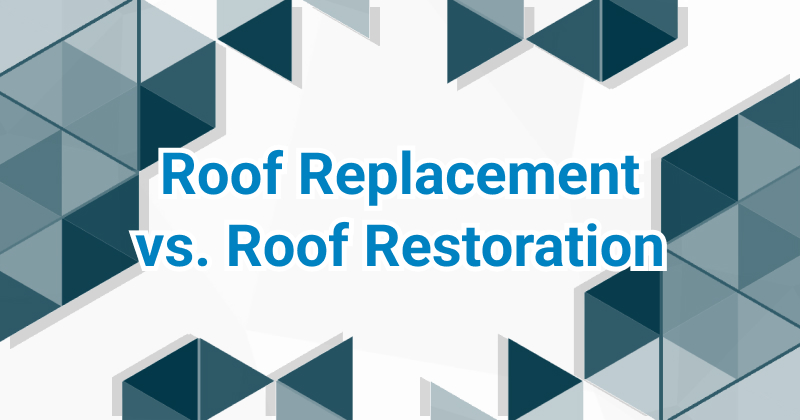Top 9 Benefits of Roof Sarking
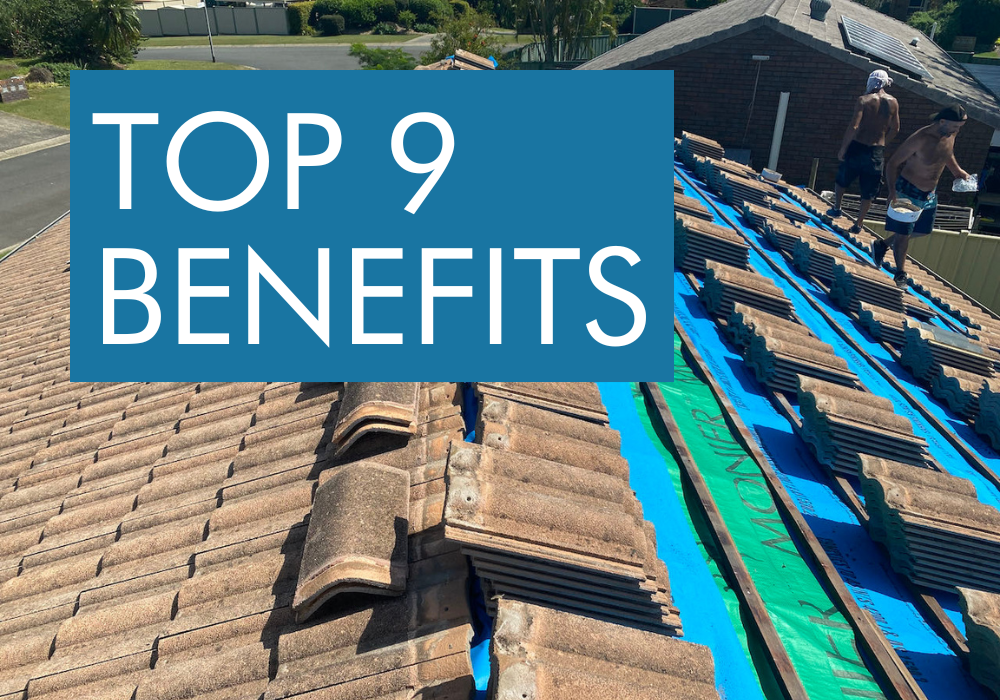
Roof sarking is an essential part of any building. It is a layer of material that is installed between the roof and the internal structure of the building.
This layer of material serves to protect the building from external elements, such as weather and debris. It also helps to insulate the building, keeping it warmer in winter and cooler in summer.
From improved energy efficiency and soundproofing, to increased protection against weather damage, roof sarking can provide a range of benefits for both homeowners and businesses.
Do You Need Roof Sarking?
Roof sarking is a moisture barrier that’s installed underneath the roof tiles in your home. It’s designed to protect against water and moisture damage, especially during severe weather conditions. The sarking is usually composed of polyethylene, aluminium, or fibreglass material.
It provides protection from water damage and also helps to keep your home warm. It acts as an additional layer of insulation that helps to keep your home cool in summer and warm in winter. It can also help reduce the amount of noise from the outside that enters your home.
When it comes to whether you need roof sarking, it really depends on the climate you live in and the type of roof you have. If you live in an area that experiences a lot of rain or other severe weather, then you should consider investing in sarking.
Roof Sarking for Dust Protection
Roof sarking is an effective solution for keeping dust and airborne debris out of your home. Made of durable materials like polyethylene or PVC, it acts as a barrier between the roof and the elements.
By adding an extra layer of protection, it prevents dust and contaminants from entering your home.
Shielding Your Home from Storms
Roof sarking is crucial for shielding homes during storms. It offers protection against powerful winds and debris, preventing damage to roofs, walls, and outdoor belongings.
In storm-prone areas, roof sarking is essential for peace of mind, ensuring that homes are safe and secure.
By investing in roof sarking, homeowners can rest easy knowing their homes are adequately prepared for harsh weather conditions.
Roof Cavity Preservation
Roof sarking plays a crucial role in preserving roof cavities and protecting homes. The roof cavity is an important part of a home’s structure, providing insulation and support.
Moisture seeping into the roof cavity can lead to damage such as mould, rot, and even structural issues.
By installing roof sarking, the roof cavity can be kept dry, preventing these problems. It is essential to ensure that the sarking is properly fitted and secured by experienced professionals.
Regular checks and proper ventilation are also important to maintain the effectiveness of the sarking.
Vapour Barrier
Roof sarking is a vital vapour barrier that protects homes from moisture, wind, and dust. It acts as an extra layer of insulation and shields the interior from the elements.
With its waterproof membrane, roof sarking prevents moisture from seeping into the house, which can lead to mould and rot.
Proper installation is crucial, especially in cold climates, to keep out cold air and prevent condensation in the roof cavity.
Energy Efficiency
As a vapour barrier, it helps to retain warm air inside during winter, reducing the need for heating and saving energy. It acts as insulation, reducing energy consumption to maintain a comfortable temperature.
Roof sarking also helps to regulate the air inside the home, making it more consistent and reducing the reliance on heating and cooling systems.
Roof sarking has noise-reducing properties, blocking out external noise and creating a peaceful living environment. This is especially beneficial for those living in noisy areas.
By investing in roof sarking, homeowners can enjoy the benefits of energy savings, increased comfort, and a quieter home.
Roof Sarking and Fire Protection
Roof sarking is crucial for ensuring enhanced fire protection in Australian homes. When a fire breaks out, this additional layer acts as a barrier, effectively limiting the spread of flames and reducing smoke damage.
Depending on the materials utilised, roof sarking can even strengthen the fire resistance of your home, with steel-based sarking providing the utmost level of safety.
It acts as a protective shield against various other hazards like extreme temperatures and fierce winds. By considering roof sarking, you can improve the likelihood of your home surviving a fire and minimising any potential losses.
Moisture Control with Roof Sarking
Moisture control is an essential component of roof sarking. Keeping your roof free from moisture can help protect your home from potential water damage and other problems caused by high humidity and moisture build-up.
It’s important to make sure that your sarking is installed correctly and sealed tightly to ensure that no moisture can get in.
If you have an older home, it’s important to check and make sure that your sarking is still in good condition and hasn’t been compromised in any way.
You can also add extra layers of sarking to your roof to help protect it from moisture. Adding an extra layer of sarking can help you keep your roof better insulated and can provide extra protection against moisture.
Pests and rodents
Pests and rodents can cause damage to roof sarking, which is a layer of material installed under the roof tiles or metal sheets. Here are some common issues related to pests and rodents and roof sarking.
- Burrowing: Pests and rodents can burrow into your home through your roof, creating holes and leaving your house susceptible to the elements.
- Damage to sarking: Pests such as rodents and birds can cause damage to the roof sarking, especially if it is made from a soft material like fibreglass.
- Infestation: Roof rats can infest your home and cause damage to your roof. To prevent a roof rat infestation, seal up any holes or cracks larger than a 10 cent piece with silicone caulk and be sure that all windows and vents are screened.
Air Gap R-Value and Roof Sarking
The air gap R-value measures the thermal resistance of an air gap in insulation materials. Higher R-values indicate better insulation.
Roof sarking can enhance air gap R-Value by reducing energy loss and air conditioning costs. It measures the resistance to heat transfer through the material, improving insulation.
A higher air gap R-Value means less heat energy is lost, leading to a more comfortable temperature and reduced energy usage for heating and cooling.
Installing roof sarking is a cost-effective way to improve the air gap R-Value of your home, and this can lower energy bills.
Frequently Asked Questions
Is roof sarking necessary
In Australia, it is mandatory under the Building Code of Australia that all tiled residential roofs with a rafter length greater than 6 metres must be sarked.
Sarking is not a mandatory requirement under Australian building standards for metal roofs.
If you are building a new home or renovating a metal or tiled roof, roof sarking may be mandatory depending on factors outlined in the Building Code of Australia, including living in a bushfire prone area, wind speed, terrain category, and roof pitch.
It is considered good building practice to install roof sarking under all tiled roofs to protect homes by blocking external water from getting in and causing potential moisture damage in the roof cavity.
What is the purpose of roof sarking
Roof sarking is a strong and pliable membrane that is installed under tiled and metal roofs in Australia. The main purpose of roof sarking is to provide a protective barrier, filling any gaps left by the outer layer. It keeps the roof cavity dry and acts as a vapour resistant barrier to the elements, reducing the risk of water damage and mould growth in the roof cavity.
Roof sarking also acts like a second skin, protecting the home from dust, moisture, and draughts. It is typically made with a reflective foil layer on one or both sides, which helps reflect the sun’s radiant heat away from the home, improving the overall insulation of the home.
The benefits of roof sarking include moisture control, wind and dust barrier, and improved insulation.
Is sarking required for metal roofs
Although sarking is not a mandatory requirement under Australian building standards for metal roofs, it is generally recommended to improve the thermal performance of the roof.
Get your roof sarking with AllCoast Roofing
The benefits of roof sarking are numerous and should not be overlooked when constructing your home or renovating your roof. Ensure your home remains safe, secure, and energy efficient for years to come. Contact us today for sarking installation!
